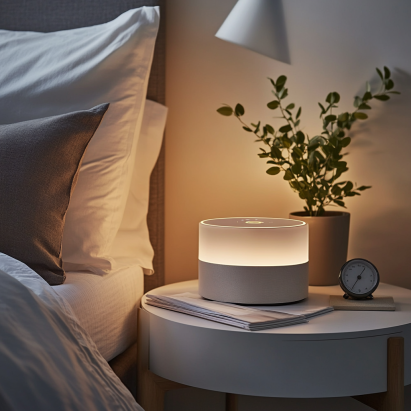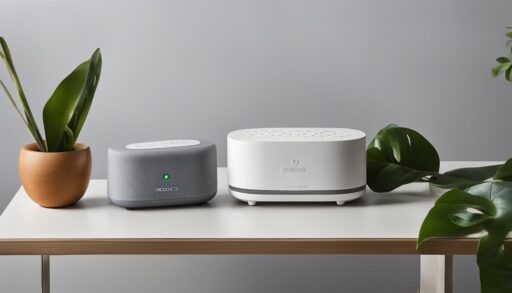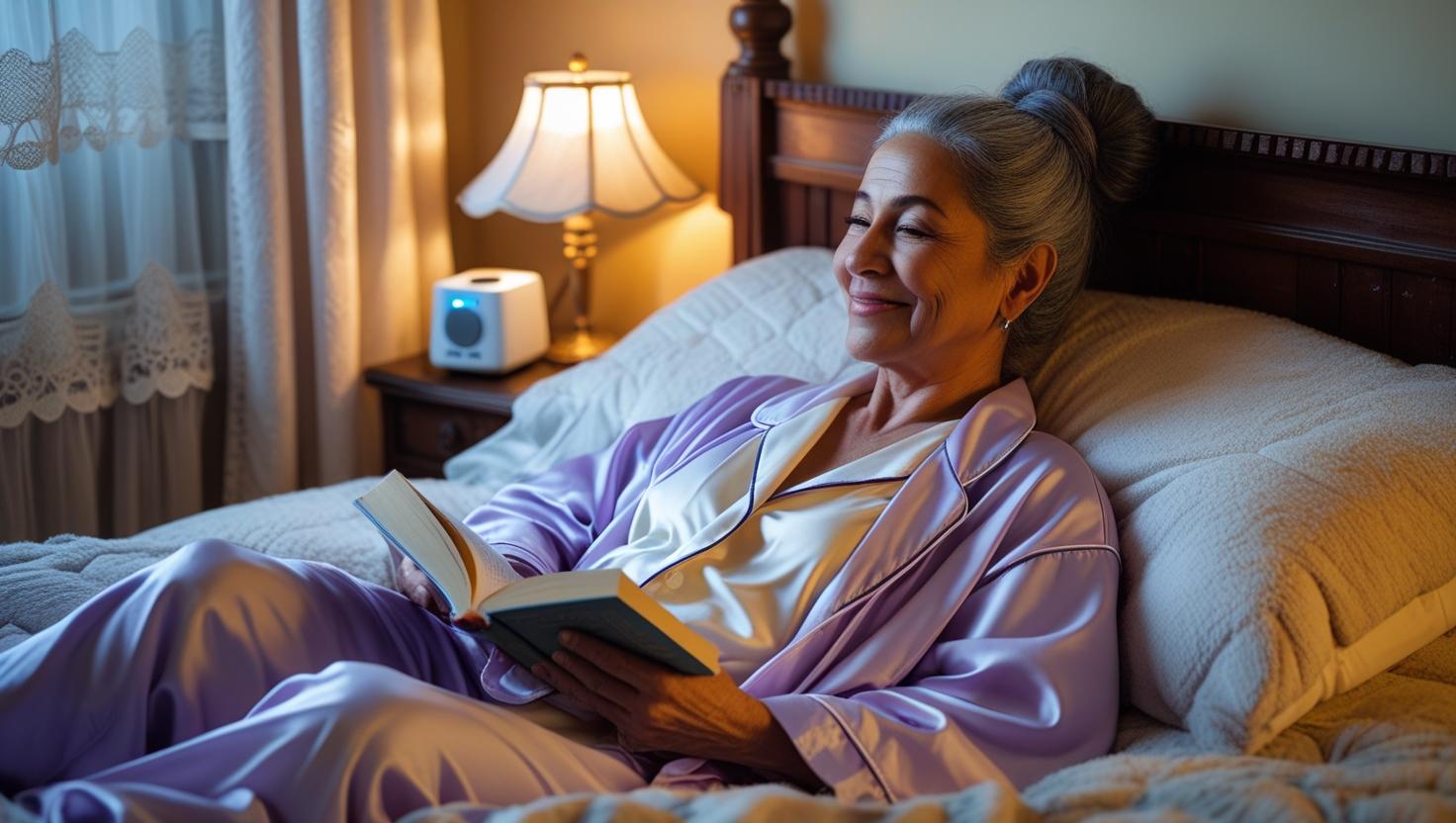White Noise and Sleep
White Noise and Sleep can profoundly enhance your ability to fall asleep faster and stay asleep longer—offering a gentle blend of soothing sounds that mask distractions and calm your mind.
Key Takeaways
- White Noise and Sleep help reduce sleep onset latency—fall asleep faster.
- Use of white noise can improve sleep efficiency and reduce nighttime awakenings.
- Adding white noise creates a consistent auditory environment that masks sudden sounds.
- It supports relaxation, stress reduction, and deeper restorative sleep.
- White noise is safe, non‑pharmaceutical, and easy to implement in bedtime routines.
Why White Noise and Sleep Go Hand‑in‑Hand
White Noise and Sleep share a deep, scientific connection rooted in how the brain processes sound. Sleep is easily disrupted by sudden noises—car horns, slamming doors, or even the hum of a refrigerator. By providing a steady, unvarying sound, white noise masks these disruptions, effectively creating an “acoustic blanket” around your sleep space.

Scientific Evidence: How White Noise and Sleep Improve Rest
Multiple studies have underscored the benefits of White Noise and Sleep. One 2010 randomized trial found that white noise reduced sleep onset latency by 38% and improved sleep efficiency by 15%. Another study documented more deep sleep stages and fewer wake-ups after sleep onset.
Different Types of Noise Used for Sleep
Choosing the right noise involves understanding each type’s characteristics:
- White Noise: covers all frequencies evenly—sounds like static, fans, or air conditioners.
- Pink Noise: emphasizes lower frequencies—like rain or rustling leaves.
- Brown Noise: adds deeper tones—thunder or waterfalls.
- Nature Sounds: blend organic tones with consistent rhythms—ocean waves, forest ambiance.
How to Choose the Best Sound for Your Sleep
Finding your personal match involves experimentation. Some may prefer pure white noise; others lean toward gentle pink or brown tones. Consider volume, sound texture, and device quality.
Setting Up White Noise and Sleep in Your Routine
To make white noise part of your nightly routine:
- Start playback 15 minutes before bed.
- Place the device 3–6 feet away for even diffusion.
- Use low, consistent volume to avoid disturbances.
- Pair it with calming rituals—reading, stretching, tea.
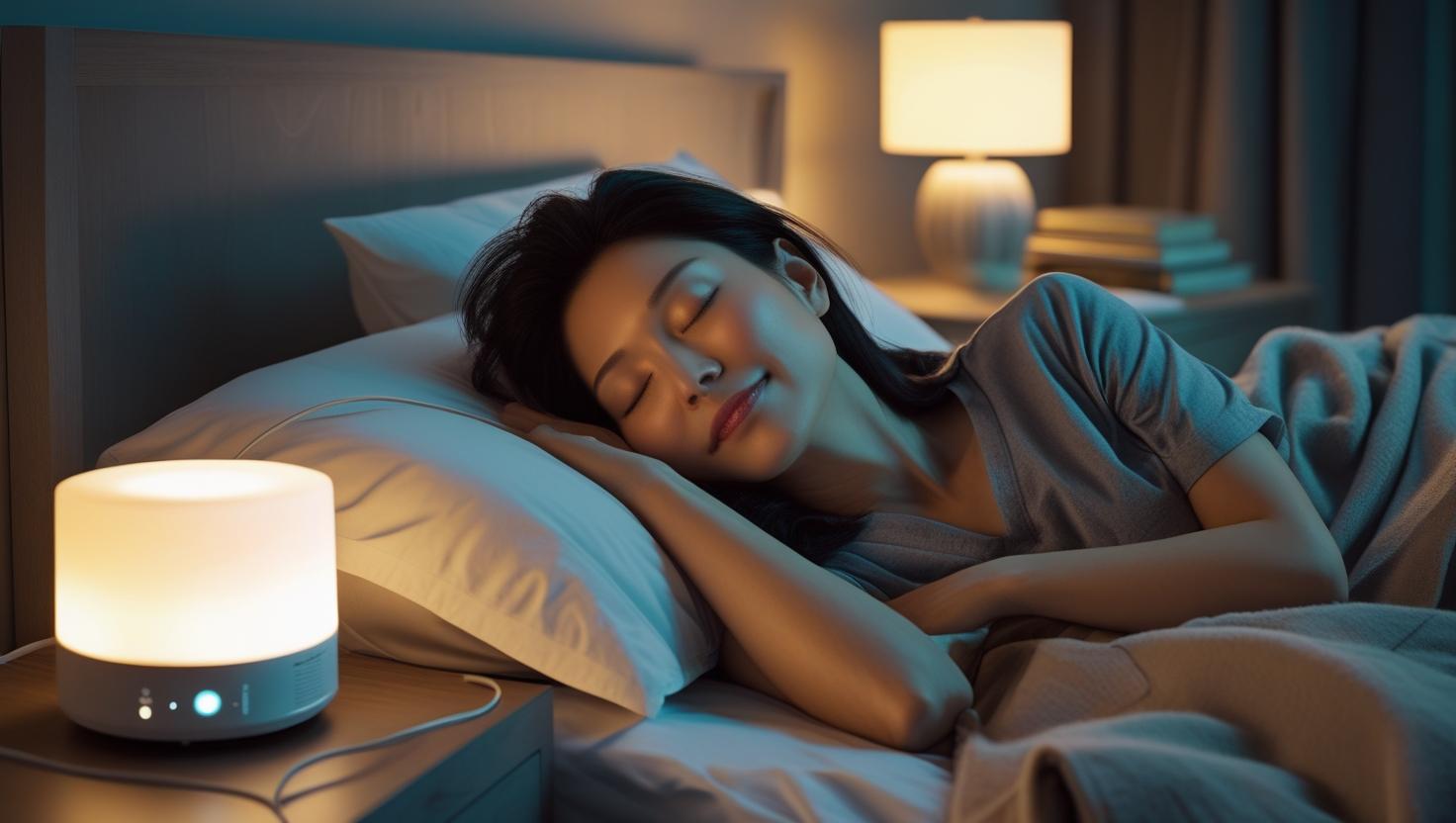
Benefits of Incorporating White Noise and Sleep
- Fall asleep faster and stay asleep longer.
- Mask disruptive background noise.
- Improve sleep stability and efficiency.
- Relieve stress and reduce anxiety at night.
- Aid concentration during daytime work or study.
Who Benefits Most from White Noise and Sleep
- Shift workers with irregular sleep hours.
- Parents looking to soothe infants or toddlers.
- City dwellers combating traffic or neighbor noise.
- Remote workers and students needing focus sounds.
White Noise and Sleep: Real-Life Tips from Users
“Rolling thunderstorms at 50 dB helped me fall asleep 10 minutes faster.” “I can’t sleep without my white noise app now.” These testimonials reveal just how transformative white noise can be.
Potential Drawbacks and Considerations
- Over-reliance: some may become dependent on sound to fall asleep.
- Annoyance: not everyone finds hums soothing.
- Looped audio: poor devices may have jarring gaps in sound.
How to Pick a White Noise Device
- Choose loop-free machines with various sound options.
- Ensure adjustable volume and timer settings.
- Look for compact models for travel use.
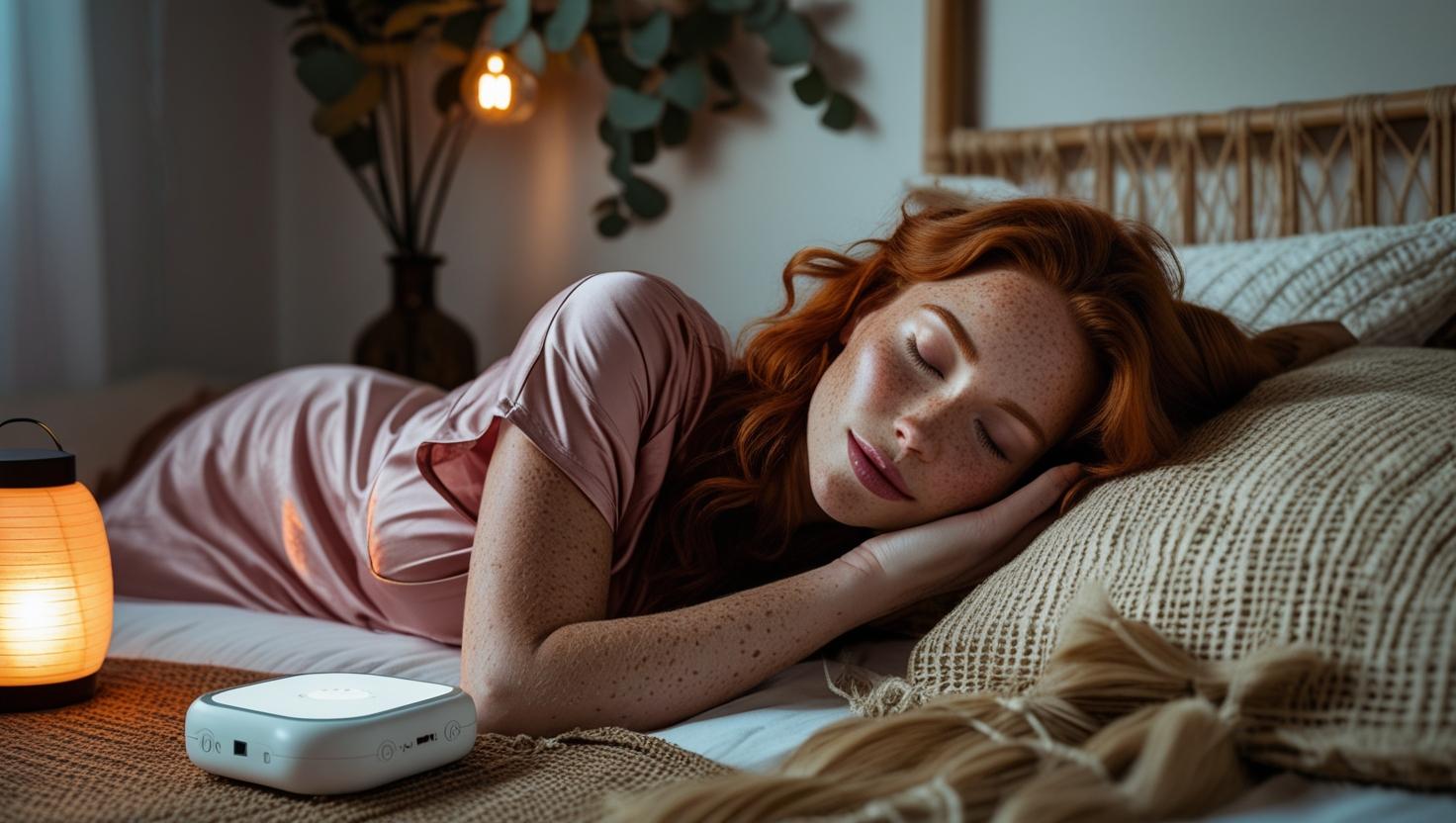
White Noise and Sleep: Integrating Tech & Apps
- Calm: Offers curated soundscapes and meditation guides.
- Headspace: Known for relaxing “sleepcasts.”
- Noisli: Customizable mix-and-match ambient sounds.
Long-Term Tips: Using White Noise and Sleep Sustainably
- Rotate noise types to avoid habituation.
- Maintain backup solutions—apps or travel devices.
- Adjust settings to new environments and seasons.
White Noise vs. Other Sleep Aids
Unlike sleep medications or supplements, white noise is natural, drug-free, and non-habit-forming—making it a sustainable long-term sleep aid.
Ensuring Optimal Use with Sleep Environments
- Create a cool, dark, and comfortable bedroom.
- Stick to a regular sleep-wake schedule.
- Use high-quality bedding for temperature regulation.
See our guide on temperature-regulating bedding for more insights.
When you make White Noise and Sleep part of your nightly ritual, you invite calm, quiet, and consistency into your rest—paving the way for better sleep health.
FAQ
Is white noise safe for babies?
Yes, but keep it under 50 dB and not too close to the crib.
Can white noise damage hearing?
No, if played at safe volumes (below 60 dB).
What’s the difference between white, pink, and brown noise?
White noise is uniform across frequencies, pink is gentler, and brown is deeper and bass-heavy.
Learn more in our complete bedroom preparation guide and how to optimize sleep hygiene.

